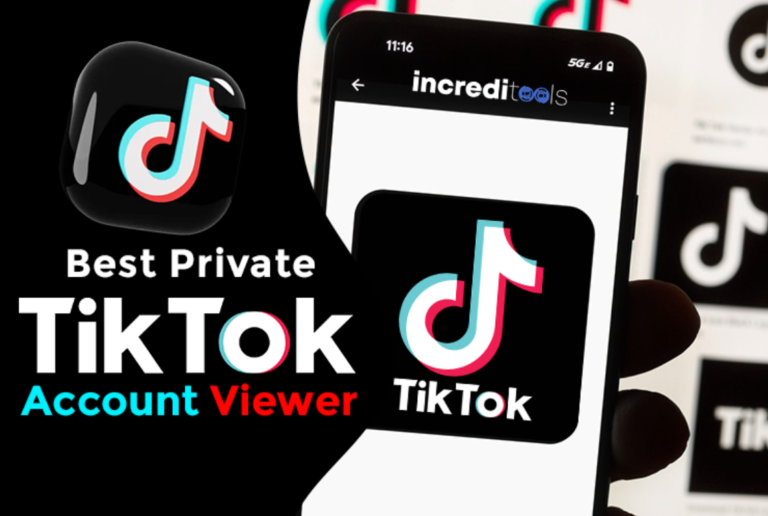Behind the Scenes: How Media Competition Shapes Consumer Technology
Media competition has significantly influenced how we consume and interact with various forms of content. From the early days of physical media formats to the current age of digital streaming, the race to provide better, more accessible, and higher-quality media has driven innovation and change. This blog delves into the historical context of media competition, the digital revolution, modern format wars, and the consumer impact that continues to shape the market.
Historical Context of Media Competition
The competition between media formats has a long and storied history. In the late 20th century, the battle between VHS and Betamax exemplified how technological superiority doesn’t always guarantee market dominance. While Betamax offered better picture quality, VHS won the market due to longer recording times and broader industry support. This rivalry set the stage for future format wars and highlighted the importance of consumer preferences and industry alliances.
The Digital Revolution: From Physical to Digital Media
The advent of digital technology revolutionized the media landscape. As digital storage and streaming technologies emerged, the shift from physical media formats to digital formats became inevitable. This transition was marked by the obsolescence of formats like Betamax. Converting from Betamax to digital formats became a necessity for those looking to preserve and access their old media libraries. Innovations in digital technology have made it easier than ever to access media, providing higher quality and more convenience than physical formats ever could.
Digital storage solutions and streaming services have replaced bulky tapes and discs, offering consumers instant access to vast libraries of content. The ability to stream movies, music, and other media directly to our devices has transformed how we consume content, making it more personalized and on-demand.
Modern Format Wars: Streaming Services
Today, the competition has shifted from physical media formats to streaming services. Companies like Netflix, Amazon Prime, Disney+, and HBO Max are in a fierce battle for subscribers, each offering unique content and features to attract viewers. This competition has led to a surge in original programming, improved streaming quality, and more user-friendly interfaces. Consumers now have more choices than ever, but the abundance of options also means that media companies must continuously innovate to stay relevant.
Slides to Digital: Preserving Memories
Just as the transition from Betamax to digital formats has preserved our video memories, converting slides to digital formats has become essential for preserving old photographs. Slides, once a popular medium for capturing and displaying images, degrade over time. Converting slides to digital formats not only preserves these memories but also makes them easily accessible and shareable in the digital age. This process involves scanning the slides using high-resolution scanners, which capture every detail and color of the original image. The benefits are manifold: not only are these precious memories preserved, but they can also be enhanced, organized, and shared with family and friends with just a few clicks.
Consumer Impact and Market Evolution
The relentless pace of media competition has profoundly impacted consumers. We now expect high-quality, on-demand access to a vast array of content. This expectation drives continuous innovation and improvements in technology. Media companies must constantly evolve to meet consumer demands, leading to rapid advancements in streaming quality, user experience, and content offerings.
Moreover, the shift to digital has democratized content creation and distribution. Anyone with a smartphone and an internet connection can create and share content, leading to an explosion of user-generated media and new platforms for consumption.
To Wrap Up
The history of media competition, from the days of Betamax to the current streaming wars, highlights the dynamic nature of consumer technology. Each phase of competition has driven significant advancements, improving how we store, access, and enjoy our media. As we continue to move forward in the digital age, the drive for better, more accessible, and higher-quality content will undoubtedly keep pushing the boundaries of what is possible in consumer technology. Whether it’s converting old slides to digital formats or choosing between the latest streaming services, the impact of media competition is evident in every aspect of our digital lives.
If you want to read more articles, visit our blog.







